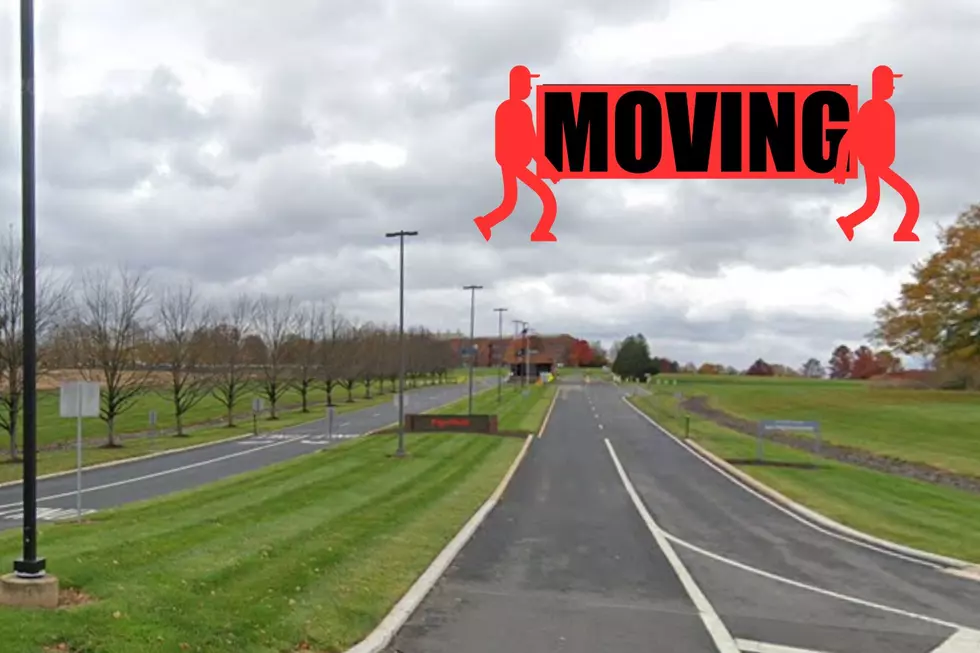
NJ needs more cars with ‘advanced driver assistance systems’ to save lives
🚗 Advanced Driver Assistance Systems can be beneficial in saving lives
🚗 AAA predicts that 37 million crashes could be prevented over the next 30 years
🚗 But just how reliable are ADAS?
Advanced driver assistance systems or ADAS use sensors and cameras to detect potential hazards, warn drivers, and take corrective action automatically. These safety systems are common on new vehicles and have the potential to save lives by preventing crashes.
“We’ve calculated that they could prevent 2.7 million crashes, 1.1 million injuries, and nearly 9,500 deaths each year,” said Robert Sinclair Jr., senior manager of public affairs at AAA Northeast.
New research by the AAA Foundation for Traffic Safety also estimates that available ADA technologies could prevent approximately 37 million crashes, 14 million injuries, and nearly 250,000 deaths over the next 30 years. This would represent 16% of crashes and injuries and 22% of deaths that would otherwise occur on U.S. roads without these technologies.
“However, the full safety benefits of ADAS will not be realized unless they are fully understood by the consumer, used properly, and widely adopted,” Sinclair said.
Nearly from the beginning, AAA has been tracking the limitations of these technologies. In September 2018, 80 percent of drivers were unaware of the safety limitations of some of these devices, like blind spot monitoring, Sinclair said.
Drivers thought this technology to keep track of the vehicles behind you would notify drivers of another vehicle’s presence as it passed them. But that is not the case, he added.
With Forward Collision Warning, some drivers thought it would actually stop the vehicle when actually it’s just a warning.
Automatic Emergency Braking can stop the vehicle but it depends on the technology in a particular vehicle. Some are engineered so it would slow the vehicle down significantly to lessen the effects of the crash. Others are supposed to stop the vehicle in a crash, Sinclair explained.
Adaptive Cruise Control: This can assist with acceleration and braking. Some systems can come to a stop and continue, while others cannot.
Lane Departure Warning: This monitors a car’s position within the driving lane and alerts the driver as the vehicle approaches or crosses lane markers, whereas Lane Keeping Assistance provides steering support to assist the driver in keeping the vehicle in the lane.
Then in 2019, AAA looked at Automatic Emergency Braking (AEB) and found that as speeds increased, the effectiveness of the technology decreased, Sinclair said.
“People are under the impression that high-speed crashes can be prevented by automatic emergency braking. That is not the case and it’s very important that drivers realize the limitations of these technologies and act accordingly,” he said.
At the same time, these technologies are good. But they are meant to be supplemental to assist the driver. So, drivers need to realize they do not work 100 percent of the time and they are not a substitute for the most important safety device in the vehicle, and that’s the person sitting behind the wheel, Sinclair said.
He also has advice for car manufacturers, dealerships, and car salesmen.
“It is imperative that the people that are selling these vehicles have road tests and demonstrations of these technologies with people who buy them,” Sinclair said.
Dealerships must make sure the people buying these vehicles equipped with ADAS, fully understand the technologies, how they work, and their limitations.
AAA has also called upon manufacturers to come up with some standardization in the naming of these technologies because some of them imply autonomous driving, like autopilot. But they are not autonomous driving technologies that allow the vehicle to drive itself, Sinclair said.
Technology limitations still exist, and while ADAS may save 250,000 lives over the next 30 years, nearly 900,000 lives will be lost on the roads if current trends continue, AAA reports. Those current trends include speeding, distractions behind the wheel, impaired driving due to alcohol and/or drugs, and not wearing seatbelts.
ADAS are good and beneficial, but limited.
Report a correction 👈 | 👉 Contact our newsroom
Windfarm projects proposed for NJ coast — and what they might look like
More From New Jersey 101.5 FM









